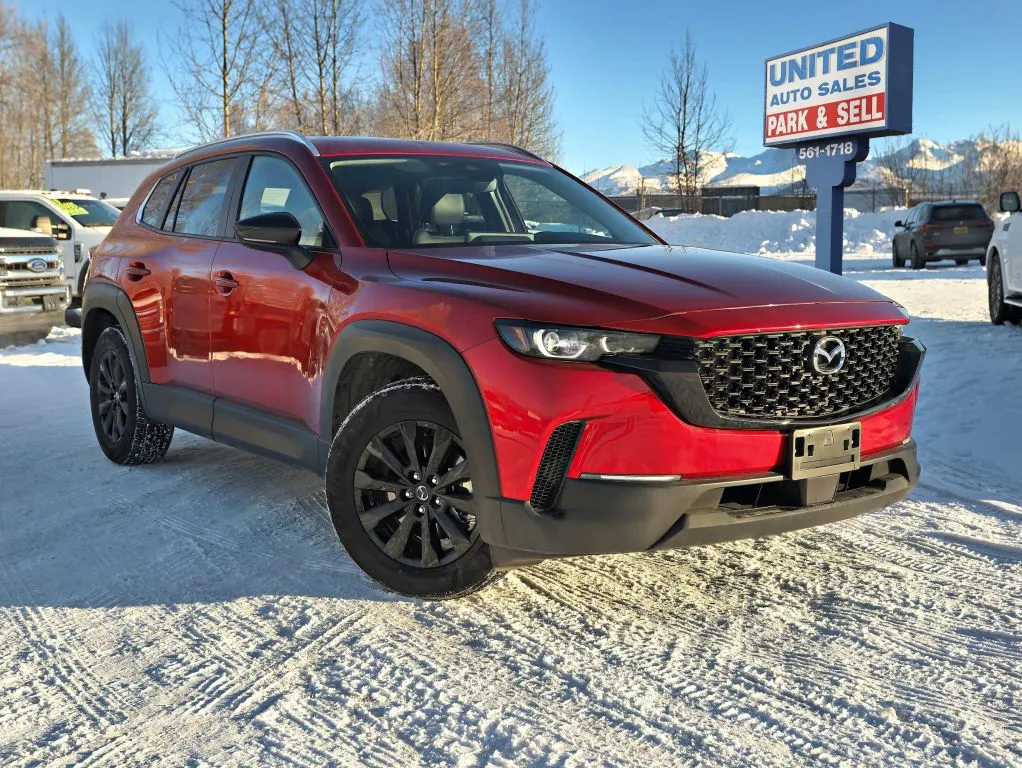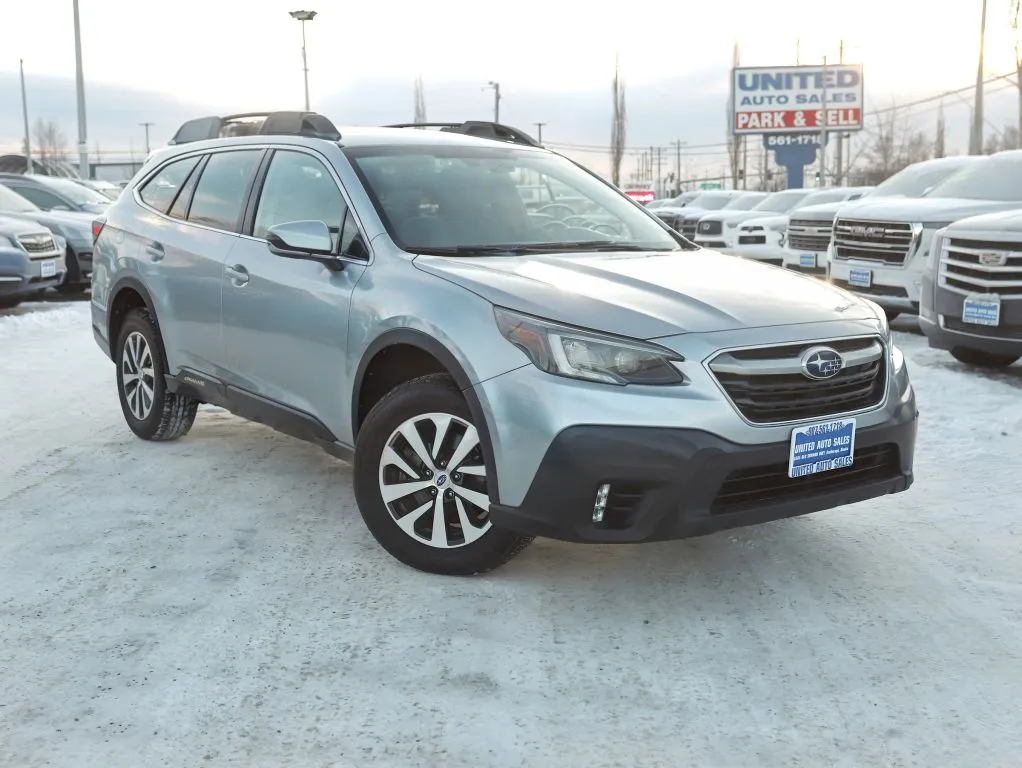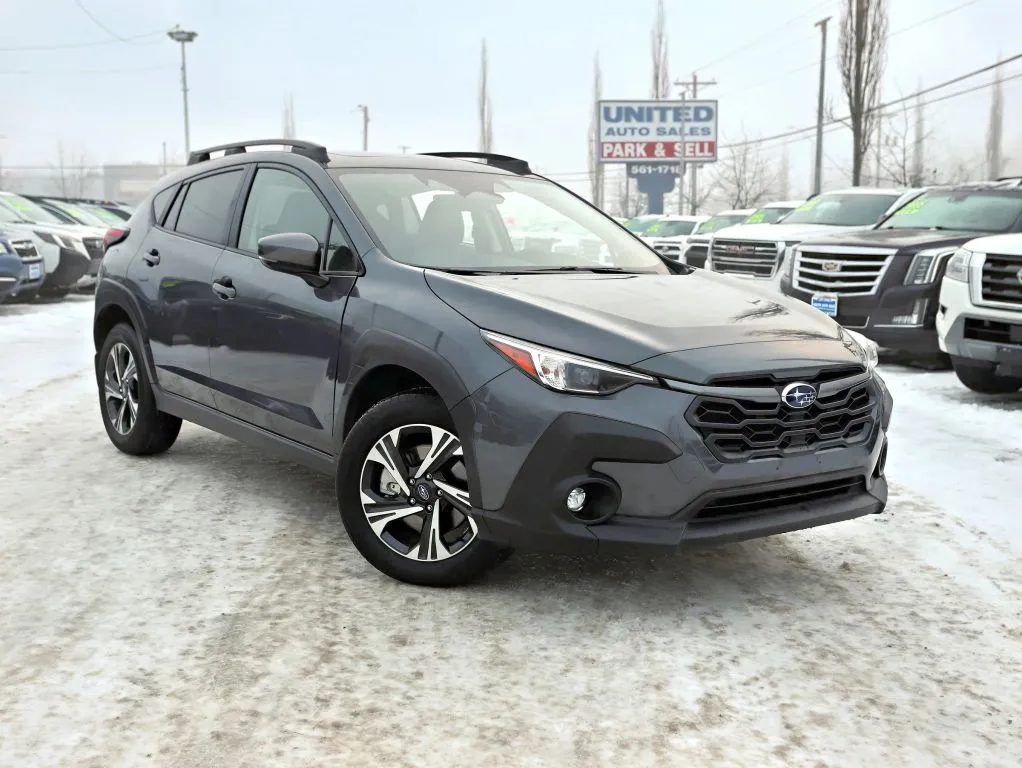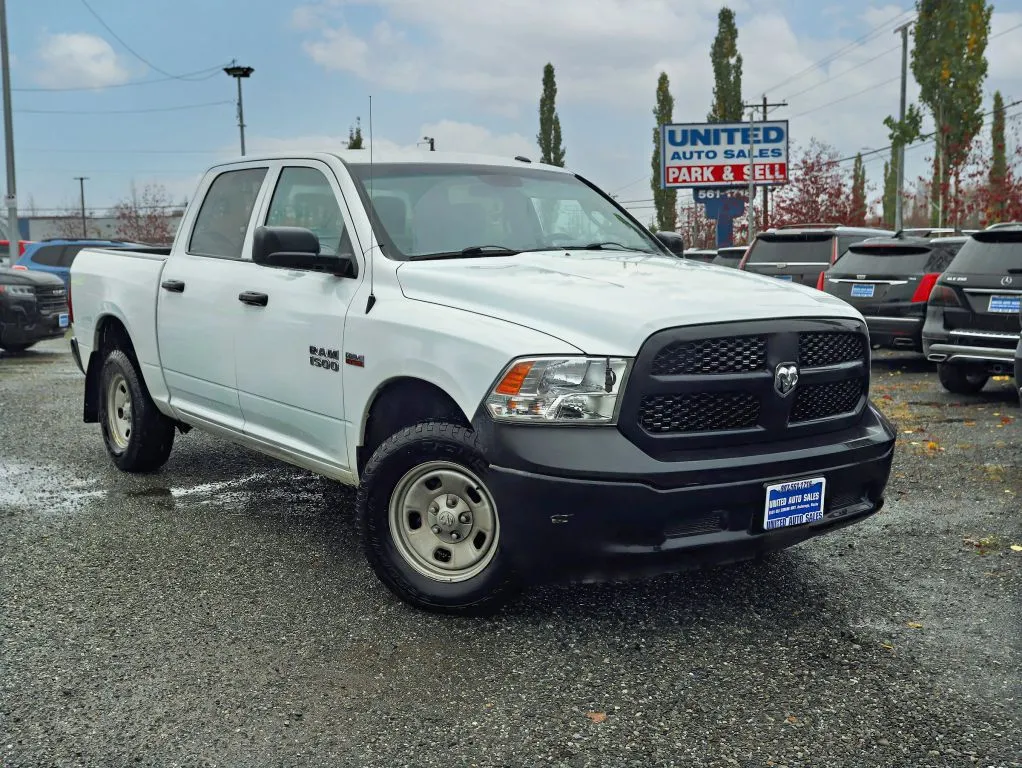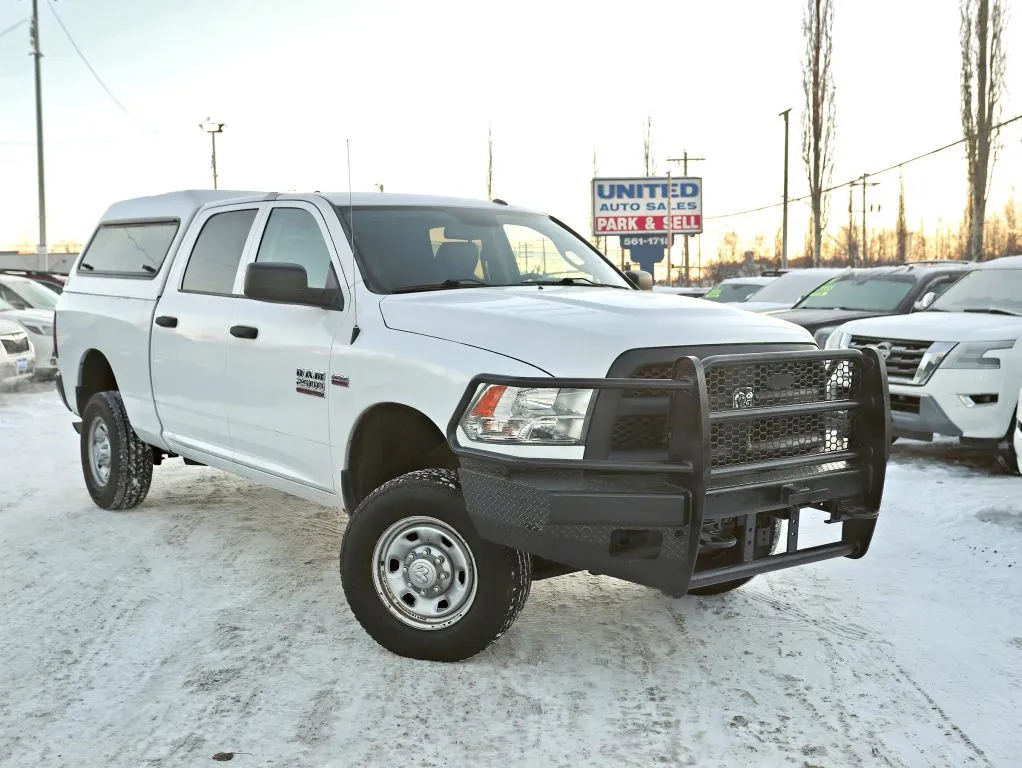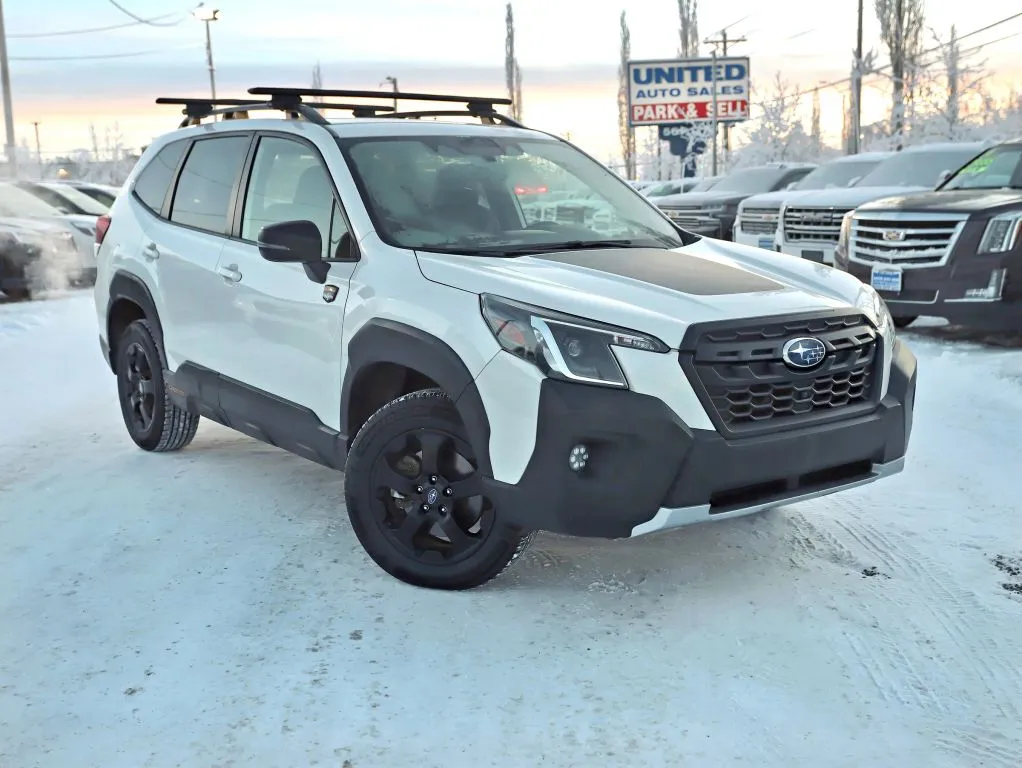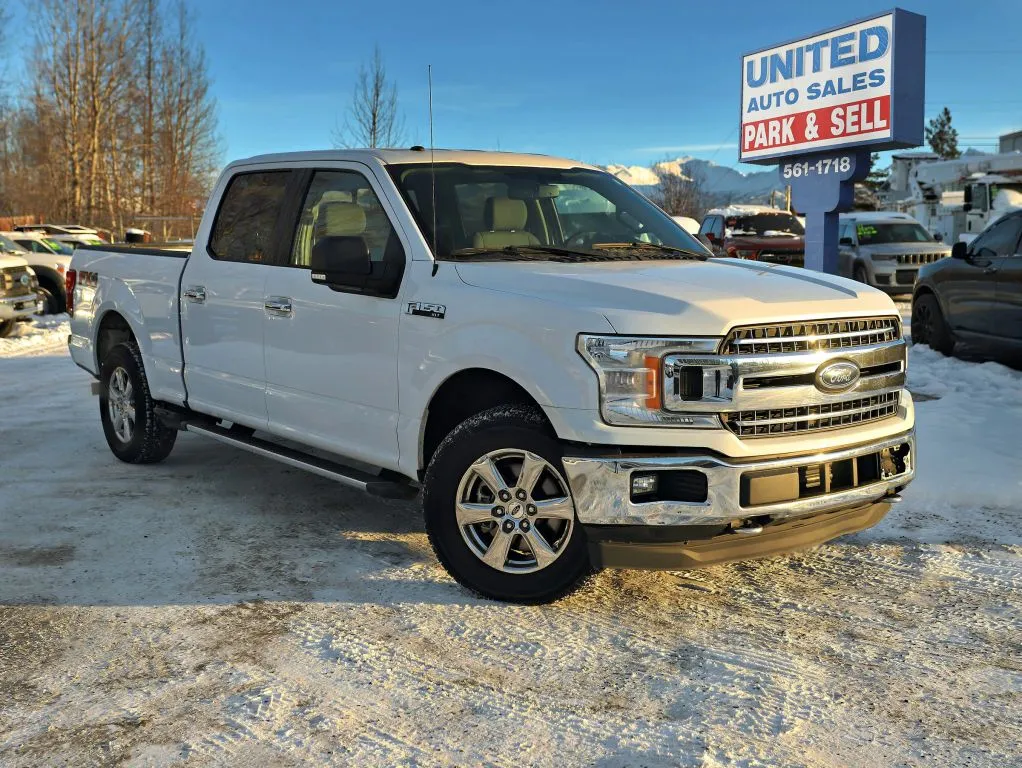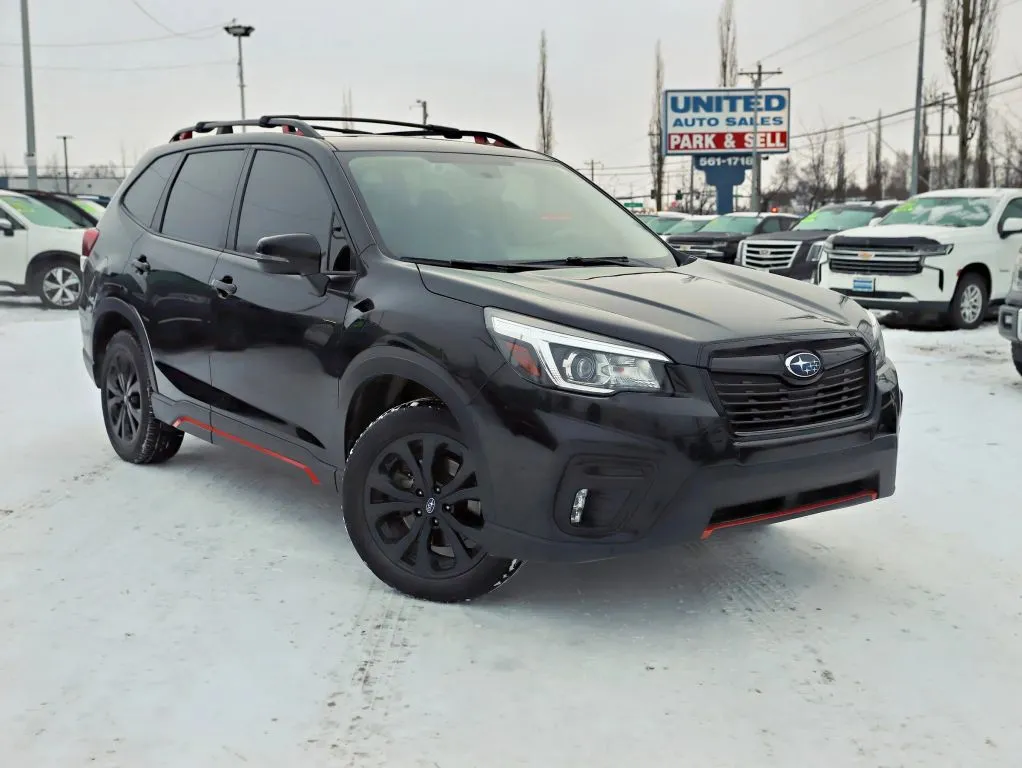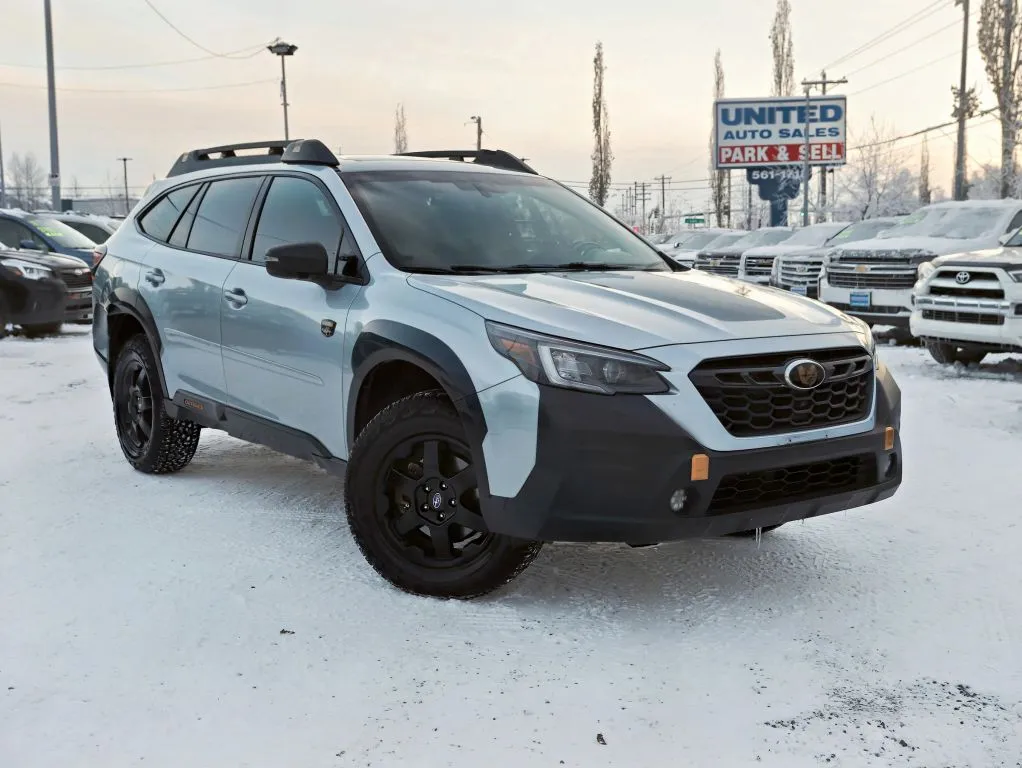Checklist For Buying A Used Car From Dealer in 2024
Table of Contents
- Checklist For Buying A Used Car From Dealership
- 1. Determine Your Budget
- 2. Research and Narrow Down Your Choices
- 3. Check the Dealer’s Reputation
- 4. Inspect the Vehicle’s History
- 5. Physical Inspection of the Car
- 6. Test Drive the Car
- 7. Review the Vehicle’s Maintenance Records
- 8. Check for Recalls
- 9. Negotiate the Price
- 10. Review the Warranty and Return Policy
- 11. Final Paperwork and Payment
- Conclusion
Purchasing a used car is a significant investment and requires careful consideration to ensure you get the best deal possible. Buying from a dealer offers several advantages, including a wider selection of vehicles, financing options, and potential warranties. However, you need to be careful to avoid common mistakes. This comprehensive checklist will guide you through the essential steps to make a right and confident purchase.
Checklist For Buying A Used Car From Dealership

1. Determine Your Budget
Before stepping into a dealership, it’s crucial to establish a realistic budget. Consider not only the purchase price but also additional costs such as taxes, registration fees, insurance, and potential repairs. Financing options can help if you don't have the full amount upfront, but ensure that monthly payments fit comfortably within your budget. Online calculators can assist in estimating these costs and help you set a clear financial boundary.
2. Research and Narrow Down Your Choices
Start by identifying the type of car that best suits your needs. Consider factors such as the cargo space, number of passengers, fuel efficiency, and the type of driving you do (e.g., city, highway, off-road). Research reliable models within your budget. Use resources like Consumer Reports, Kelley Blue Book, and automotive forums to read reviews and compare features. Pay attention to the car’s reliability, maintenance costs, and resale value, as these will impact your long-term satisfaction and expenses.
3. Check the Dealer’s Reputation
A dealer’s reputation can significantly affect your buying experience. Check reviews and ratings on sites like Yelp, Google, and the Better Business Bureau. Look for recurring complaints from previous customers. Also, ensure the dealer is licensed and accredited by relevant industry bodies. A reputable dealer is more likely to offer quality vehicles and transparent business practices.
4. Inspect the Vehicle’s History
Always request a detailed vehicle history report from a trusted source like Carfax or AutoCheck. This report provides crucial information about the car’s past, including accidents, title issues, and service records. Pay particular attention to the number of previous owners, any reported accidents, and whether the car has been used commercially. Ensure that the Vehicle Identification Number (VIN) on the report matches the VIN on the car to avoid any discrepancies.
5. Physical Inspection of the Car
A thorough physical inspection is essential to assess the car’s condition. Here’s a detailed checklist for each aspect:
- Exterior: Examine the body for dents, scratches, rust, and paint inconsistencies. Check the alignment of panels and the condition of the windows and windshield.
- Interior: Inspect the seats, dashboard, controls, and electronics. Ensure all lights, indicators, and the entertainment system are functioning correctly.
- Under the Hood: Look for leaks, worn belts, and battery condition. Check the levels of brake fluid, transmission fluid, engine oil, and coolant.
- Tires: Assess the tread depth and look for uneven wear, which could indicate alignment issues. Check the spare tire’s condition as well.
6. Test Drive the Car
A test drive is really important to know the car’s performance and comfort. During the test drive, consider the following:
- Engine Performance: The engine should start smoothly without any strange noises. Accelerate and decelerate to test its responsiveness.
- Brakes: Test the brakes for responsiveness and smoothness. Listen for vibrations or any unusual sounds.
- Steering and Suspension: Ensure the steering is responsive and the car tracks straight on a flat road. The suspension should absorb bumps smoothly.
- General Comfort: Assess the visibility, driving position, and overall comfort. Try out various driving conditions, including city streets, highways, and inclines.
Also Read: 11 Tips For Test Driving A Used Car
7. Review the Vehicle’s Maintenance Records
Ask the dealer for the car’s maintenance records. These records provide insight into how well the car has been maintained. Look for regular oil changes, brake services, and tire rotations. Consistent maintenance is a good indicator of a well-cared-for vehicle. Additionally, check if the car has passed any necessary inspections or emissions tests, ensuring it meets local regulatory requirements.
8. Check for Recalls
Verify if the car has any outstanding recalls. You can check this by entering the VIN on the National Highway Traffic Safety Administration (NHTSA) website. Ensure that any recall-related repairs have been completed by the previous owner or dealer. Driving a car with unresolved recalls can pose safety risks.
9. Negotiate the Price
Armed with information about the car’s condition, history, and market value, you’re in a strong position to negotiate a fair price. Use online resources to determine the car’s current market value and compare prices of similar models. Be prepared to walk away if the dealer is unwilling to negotiate or if the price exceeds your budget. Remember, there are always other options available, and it's essential to stick to your budget.
10. Review the Warranty and Return Policy
Make sure you understand the terms of any warranty provided by the dealer. Some used cars come with limited warranties covering specific components for a certain period. Additionally, check if there is a return policy or a cooling-off period, which allows you to return the car within a specified timeframe if you change your mind or discover issues. Knowing your rights can save you from future headaches.
11. Final Paperwork and Payment
After agreeing on a price, it's time to complete the paperwork. Ensure all documents are complete and accurate, including the sales contract, title transfer, and any financing agreements. Read through the terms carefully and ask for clarification on any points you don't understand. Maintain copies of all documents for your records. If you're financing the car, ensure you understand the payment terms, interest rates, and any potential penalties for early repayment.
Conclusion
Buying a used car from a dealer can be a smooth and rewarding experience if you follow a comprehensive checklist. By setting a budget, researching thoroughly, inspecting the car, and understanding the terms of the sale, you can make an informed decision and drive away with confidence. Take your time, don’t rush the process, and ensure that every step aligns with your needs and expectations. With careful planning and attention to detail, you can find a reliable used car that offers great value for your investment.

